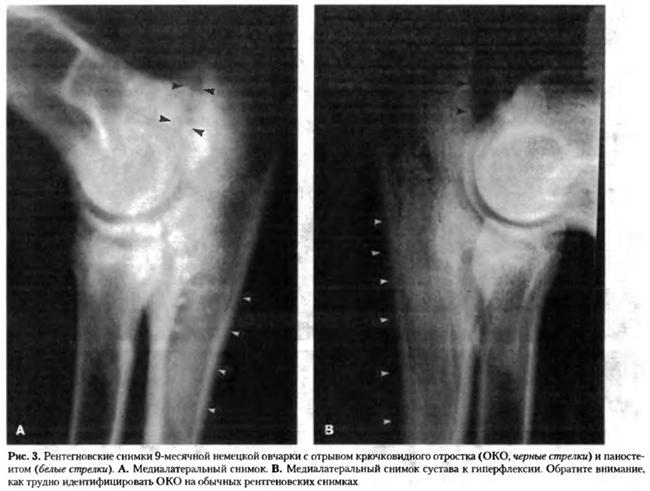GENETIC CHANGES ASSOCIATED WITH IMMORTALIZATION
EX. Duncan, R.R. Reddel Children's Medical Research Institute, 214 Hawkesbury Rd, Wesimead, Sydney, NSW 2145, Australia; fax: +61-2-9687-2120. E-mail: rreddd@mail.usyd.edu.au Submitted July 28, 1997 Human fibroblasts appear to have three terminal proliferative arrest (TPA) states that act as independent barriers to immortalization. The first of these TPA states is senescence, and several recent studies have shown that abrogation of p53 function permits temporary escape from senescence that ends in a poorly characterized form of arrest (referred to as p53-minus TPA) in which the pRB and pl6#^INK4 genes appear to be involved. Abrogation of the function of both p53 and pRB (or p16INK4) results in continued proliferation until the cells enter crisis. Escape from crisis is always associated with the activation of a telomere maintenance mechanism. We also review evidence for the involvement of other genes in the immortalization process. Immortalization appears to be a complex process involving many genetic changes, not all of which are necessarily related to telomere maintenance.
